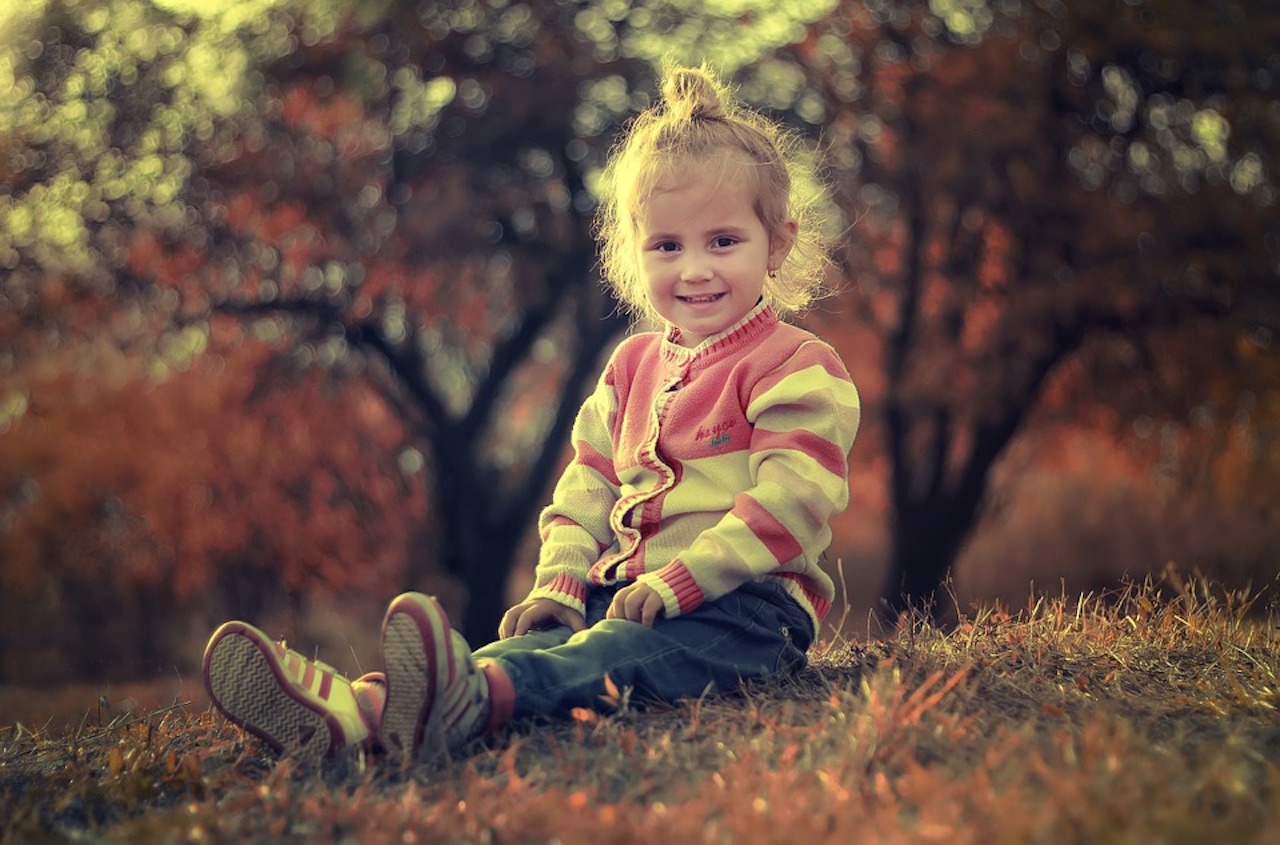
Reading with children is one of the most effective and educational activities you can engage in with your children. Children learn concepts of print, letter and word recognition, comprehension, and storytelling (https://reachoutandread.org/why-we-matter/child-development/). To help you incorporate reading into your daily routine and bring in some exciting science concepts, check out Nebraska Extension’s 2022 STEM Imagination Guides. This year, we are discovering all things ocean!
Each guide features an exciting book about oceans, water, or sea animals and includes a fun science experiment or activity you can do right at home. Additionally, we have included a nature activity, a creative arts element, and an infant/toddler specific component. We are especially excited to announce that our guides are translated into Spanish to help expand our reach! To access these guides, visit go.unl.edu/imagination.

Infants and toddlers bring the story Rainbow Fish alive by using their senses to create a one-of-a-kind painting.
You might be wondering what is so exciting about oceans. After all, Nebraska is a land-locked state. However, I’m sure you are familiar with the Missouri River that borders the east side of our state. This river meets up with the Mississippi River and empties out into the Gulf of Mexico. Even though we are not directly connected with the ocean, our actions still impact the plants, animals, and water of the ocean (https://oceanservice.noaa.gov/ocean/help-our-ocean.html). Therefore, it is so important to introduce children to the value of our world’s oceans. Together, we can help children build a love for the environment and an interest in conservation.
The following books have been selected and paired with activities that provide opportunities for exploration and play to inspire creativity and wonder. These books tie directly to the Collaborate Summer Reading Program’s theme, Oceans of Possibilities (https://www.cslpreads.org).
- The Sandcastle the Lola Built by Megan Maynor
- Pokey, The Turtle Patrol by Diana Kanan
- The Rainbow Fish by Marcus Pfister
- A House for Hermit Crab by Eric Carle
- Hey, Water! by Antoinette Portis
- My Ocean is Blue by Darren Lebeuf
- Rocket Says Clean Up! by Nathan Bryon
- The Treasure of Pirate Frank by Mal Peet and Elspeth Graham

Make your own fish and then see how quickly they can swim when you break the tension. This is an engaging activity about surface tension.
Check out go.unl.edu/imagination for access to the guides. If you have questions or would like additional resources, please contact Sarah Roberts at sarah.roberts@unl.edu, or Jackie Steffen at jsteffen2@unl.edu.
JACKIE STEFFEN, EARLY CHILDHOOD EXTENSION EDUCATOR AND SARAH ROBERTS, EARLY CHILDHOOD EXTENSION EDUCATOR | UNIVERSITY OF NEBRASKA
Peer Reviewed by Amy Napoli, Assistant Professor and Extension Specialist, University of Nebraska,
LaDonna Werth, and Lynn DeVries, Early Childhood Extension Educators
Make sure to follow The Learning Child on social media for more research-based early childhood education resources!



 Beginning in infancy, children in child care build their knowledge of the world around them through scientific exploration. “Wonder, investigation and discovery” are three words to describe science in young children. Parents can encourage and aid developing science knowledge in many simple ways.
Beginning in infancy, children in child care build their knowledge of the world around them through scientific exploration. “Wonder, investigation and discovery” are three words to describe science in young children. Parents can encourage and aid developing science knowledge in many simple ways.